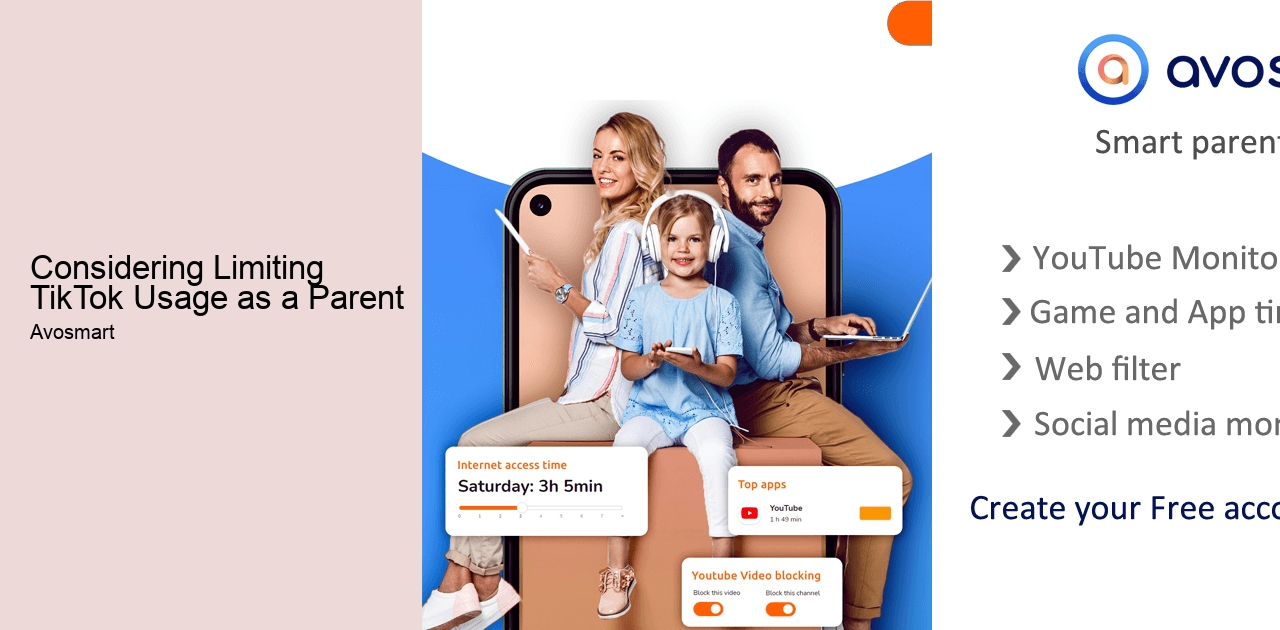
The Impact of TikTok on Children's Mental Health: A Parent's Perspective
Considering Limiting TikTok Usage as a Parent
TikTok has become a popular platform among children, but its impact on their mental health is a concern for parents. While it can be entertaining, excessive use of TikTok can lead to addiction, sleep deprivation, and decreased self-esteem. The constant comparison to others' curated content can also contribute to feelings of inadequacy and anxiety. Parents should monitor their children's TikTok usage, set limits, and encourage a healthy balance between screen time and other activities. Open communication about the potential negative effects of TikTok is crucial to ensure children's mental well-being in this digital age.

